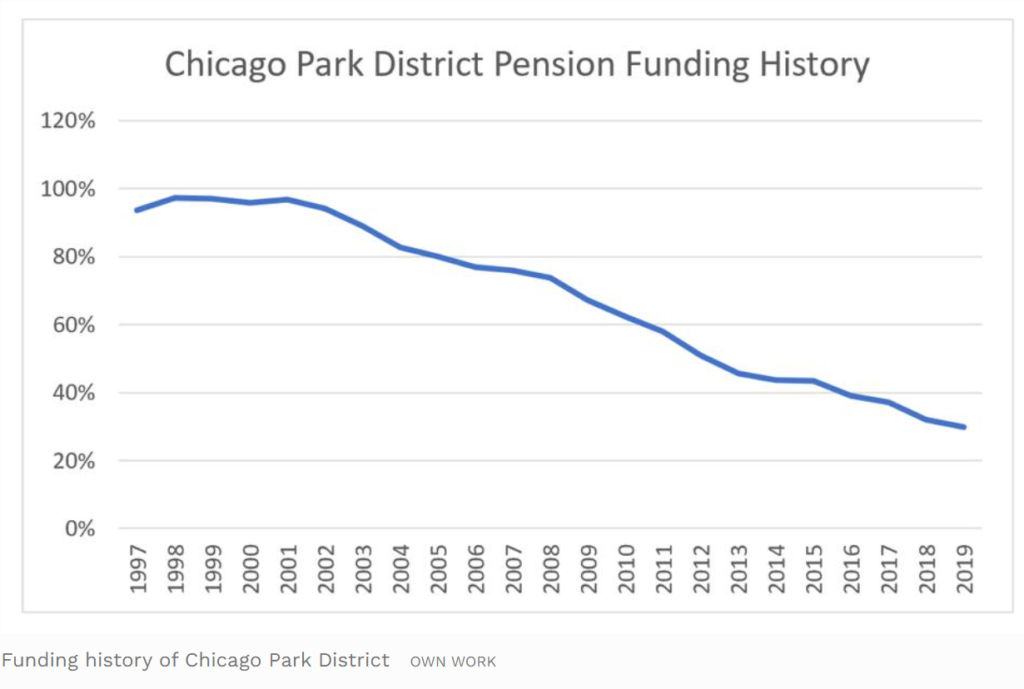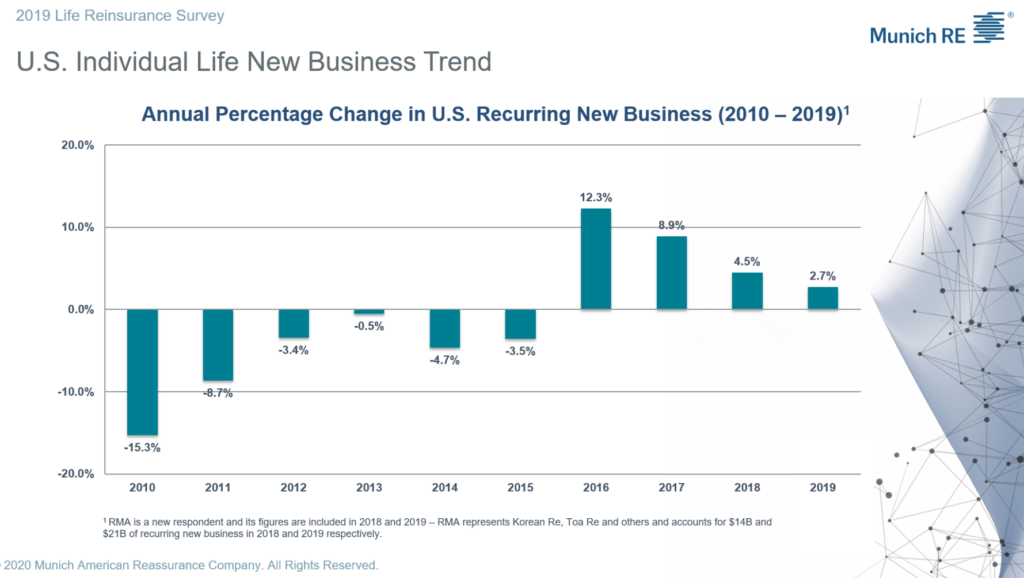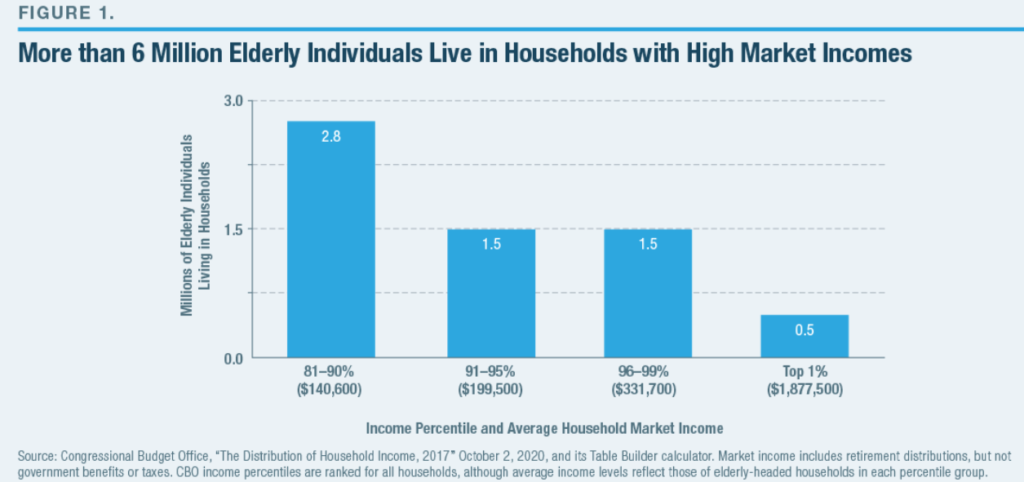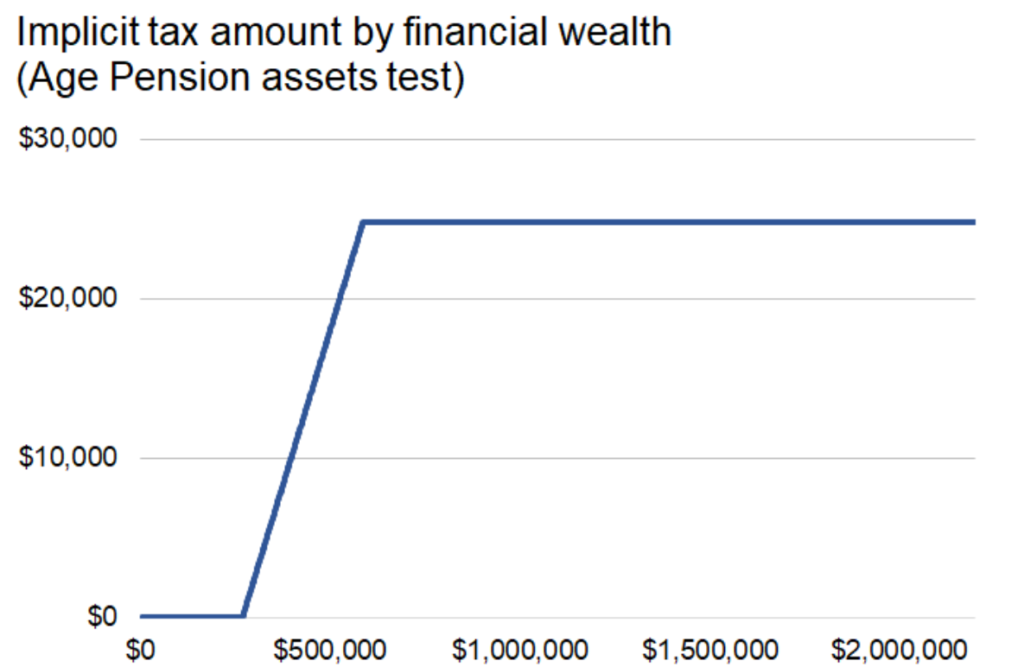Graphic:

Excerpt:
The Illinois legislature ended its regular legislative session on May 31, in a flurry of legislation passed late into the night. One of those bills was a set of changes to the 30% funded pension plan of the Chicago Park District. Were these changes long-over due reforms, or just another in the long line of legislative failures? It’s time for another edition of “more that you ever wanted to know about an underfunded public pension plan,” because this plan illustrates a number of actuarial lessons.
80% is not OK. Governance – who gets to set the contributions? Funded status can collapse very quickly and be very difficult to rebuild. Need to use actuarial analysis not just legislator’s brainstorms
Author(s): Elizabeth Bauer
Publication Date: 7 June 2021
Publication Site: Forbes




